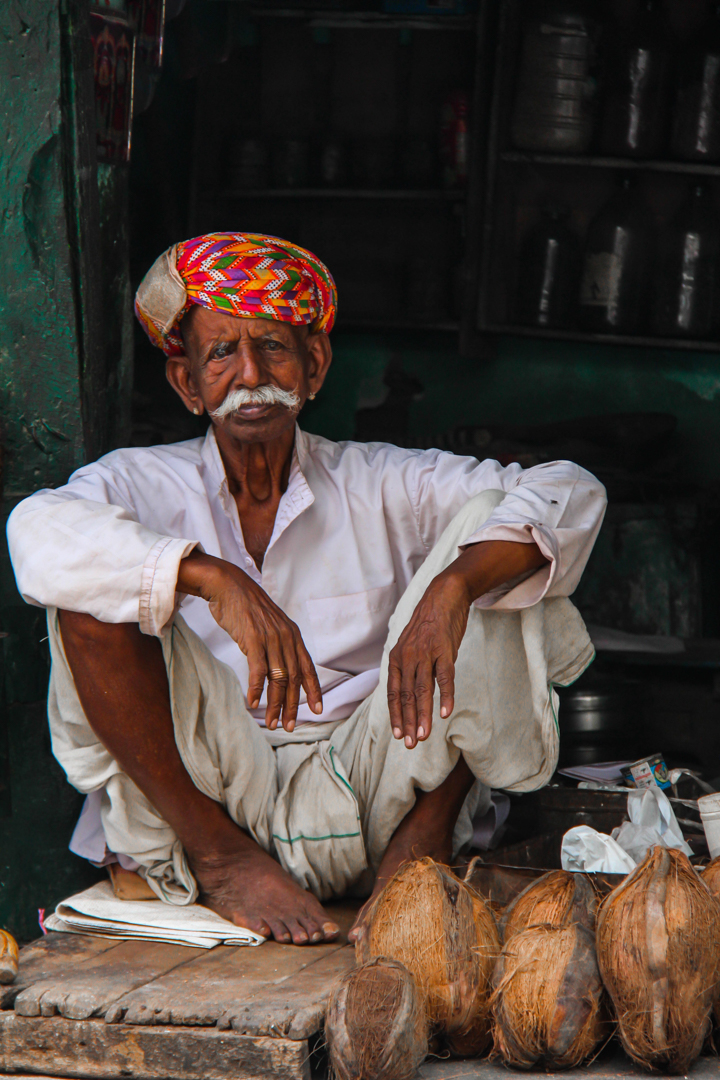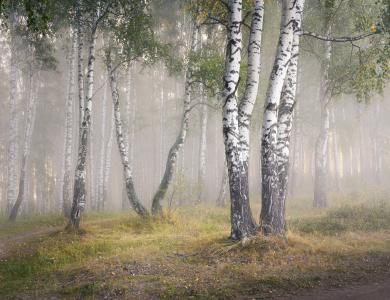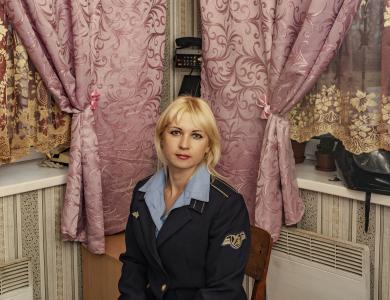
For This Week’s Focus, we have the pleasure of showcasing the wonderfully classic travel images by young photographer Hugo Berman. Hugo talks to us about how the memorable encounters he’s had with local communities during his travels have inspired his photographic practice. Find out more below.
You’re very much at the start of your photographic career. Tell us, when did you first pick up a camera?
I received my first DSLR camera when I turned six, on the occasion of a trip throughout the Asian continent with my parents. My mother always loved taking pictures and thought that a camera would be a nice way to keep me engaged during our travels. As a child, I loved the way I could see the world through a lens and this is when I started to develop a real passion for travel photography, especially portraiture. For me, the camera has always been a way of interacting with people beyond the verbal language. People were open to having a young photographer enter their personal space.
What advice would you give other young photographers wanting to get their work out there?
This will seem very obvious but my first advice is to follow your passion and stay true to yourself. It is difficult to have your work noticed as a young photographer, as very few photography competitions or portfolio reviews are open to those under 18 years-old and it is nearly impossible to have work exhibited in art fairs or galleries. However, I found that by attending professional workshops and engaging with the lecturers provided me with valuable insight and contacts. My other advice would be to develop a strong Instagram presence to gain exposure and also to create a website to show your portfolio.
You’ve photographed in some of the most amazing places around the world, has there been a particularly memorable encounter when shooting during your travels?
I think one of the most memorable photographs in my portfolio is a portrait of a woman I took in Jodhpur in 2015. It was 6am, as I often photograph first thing in the morning, and she was cleaning the front of her house with a broom. The narrow alleyways of the old city were empty and she saw me looking at her. The red of her sari created a striking contrast against the blue walls of the city. She waved her hand, inviting me to enter her humble dwelling and pointed to a creaky staircase, which led to an upstairs parapet with the most amazing view over Jodhpur. I stayed on that terrace for quite a while, enjoying this fabulous opportunity. What really made the encounter memorable was her invitation to sit on the floor and share tea with her and the whole family who had just woken up. I couldn’t speak the same language as the grandfather and the three children, the oldest probably my age, they were all fascinated by my camera and were curious to look at the pictures. It was definitely a memorable experience.
Would you ever shoot a project closer to home?
Absolutely. I have actually started working on a new project depicting London during the months of lockdown. It is about architecture and urban icons in different cities, both closer to home and further away.
Tell us a bit about how you interact with your subjects.
I capture my portraits by standing quite close to the subject. I also seek to capture unguarded moments of daily life and my portraits are most often of people I casually met on the street just moments before. However, I never enter people’s personal space unless I feel a certain connection or if they give me permission. You have got to have respect and sensitivity towards your subject. Being a young photographer, people of all ages are often quite intrigued by my equipment and very happy to be photographed. I also believe that thanks to my age, a relationship of trust is easier for me to gain. They love seeing their pictures too!
Red and orange seem to be a prevailing colour in the photographs you post on your Instagram.. Why do these colours appeal?
Colour is definitely a noticeable and key characteristic of my photographs, not only the use of red and orange but the all-encompassing use of complementary and contrasting colours. I became conscious of this focus on colour only recently, while putting together my first exhibition in June 2019. Seeing the framed pictures on the walls and hearing the visitors’ comments made it somehow obvious. India has been my most influential travel experience because I went at a very young age and have kept returning over the years. With its abundance of colour in the bustling markets, festivals, weddings, saris and turbans, India has most certainly influenced my photography.
While in lockdown, you released a book to raise funds for the NHS. Can you tell us a bit more about it?
This April, I decided to embark on a creative and philanthropic initiative. I published a large format book bringing together the most memorable portraits I have taken in the last eight years in South Asia. They are organised by colour rather than country or theme, which is definitely an expressive force in my work. Each portrait explores humanity and sheds light on the subject’s life and experience, hopefully allowing the viewer to feel a deep human connection. As I was willing to help those most affected by COVID-19, I donated 50% of the book and prints proceeds to NHS Charities Together.


